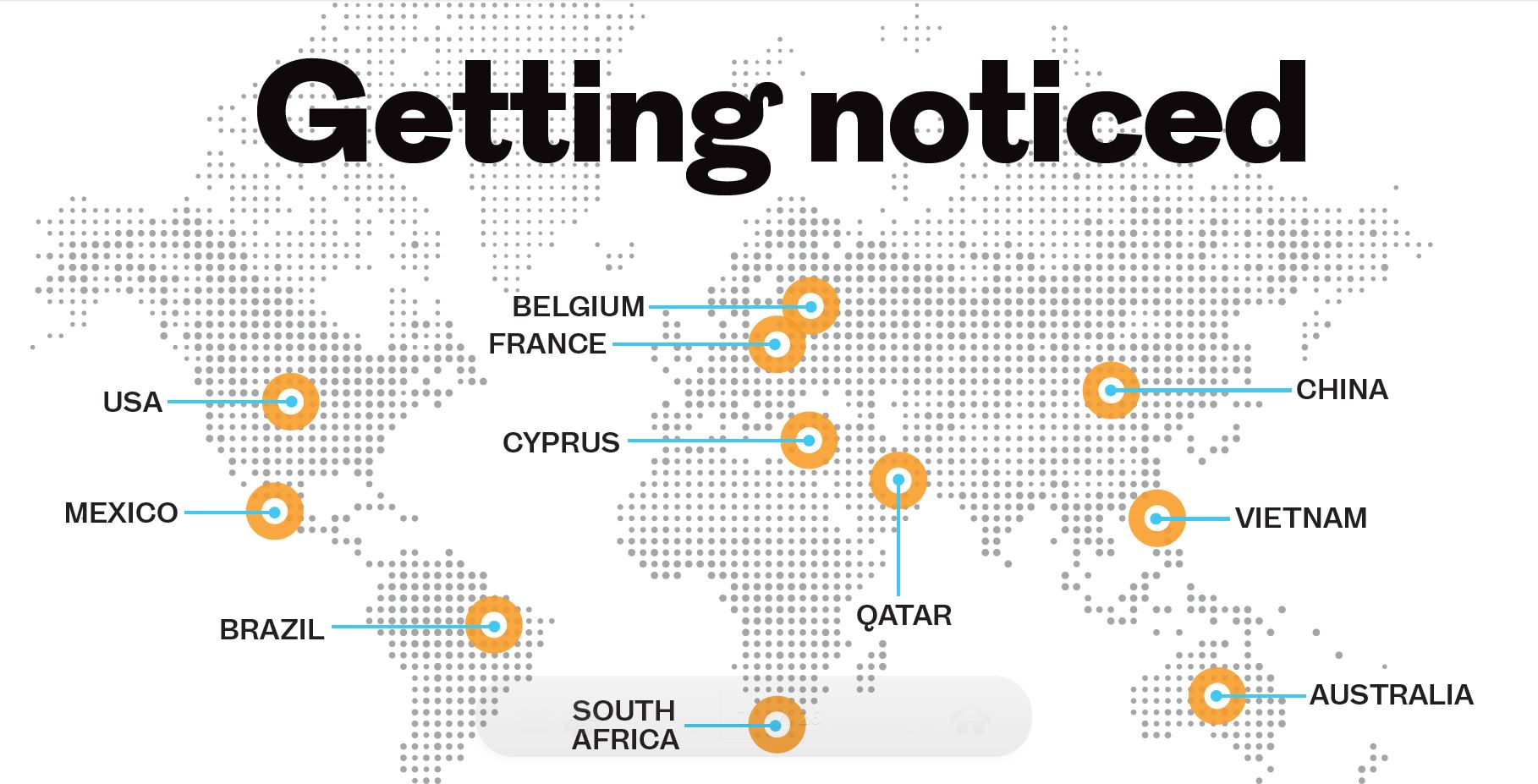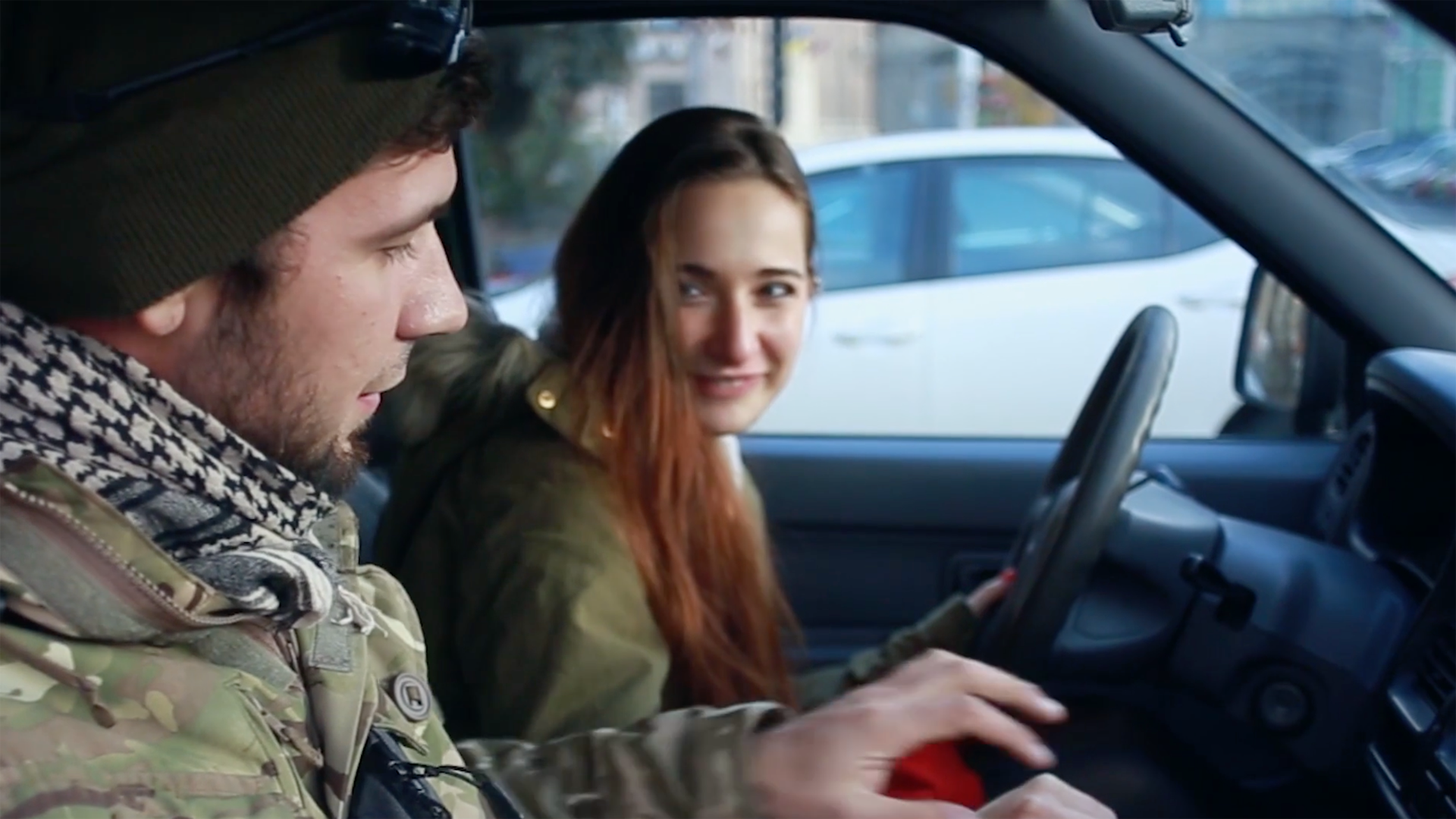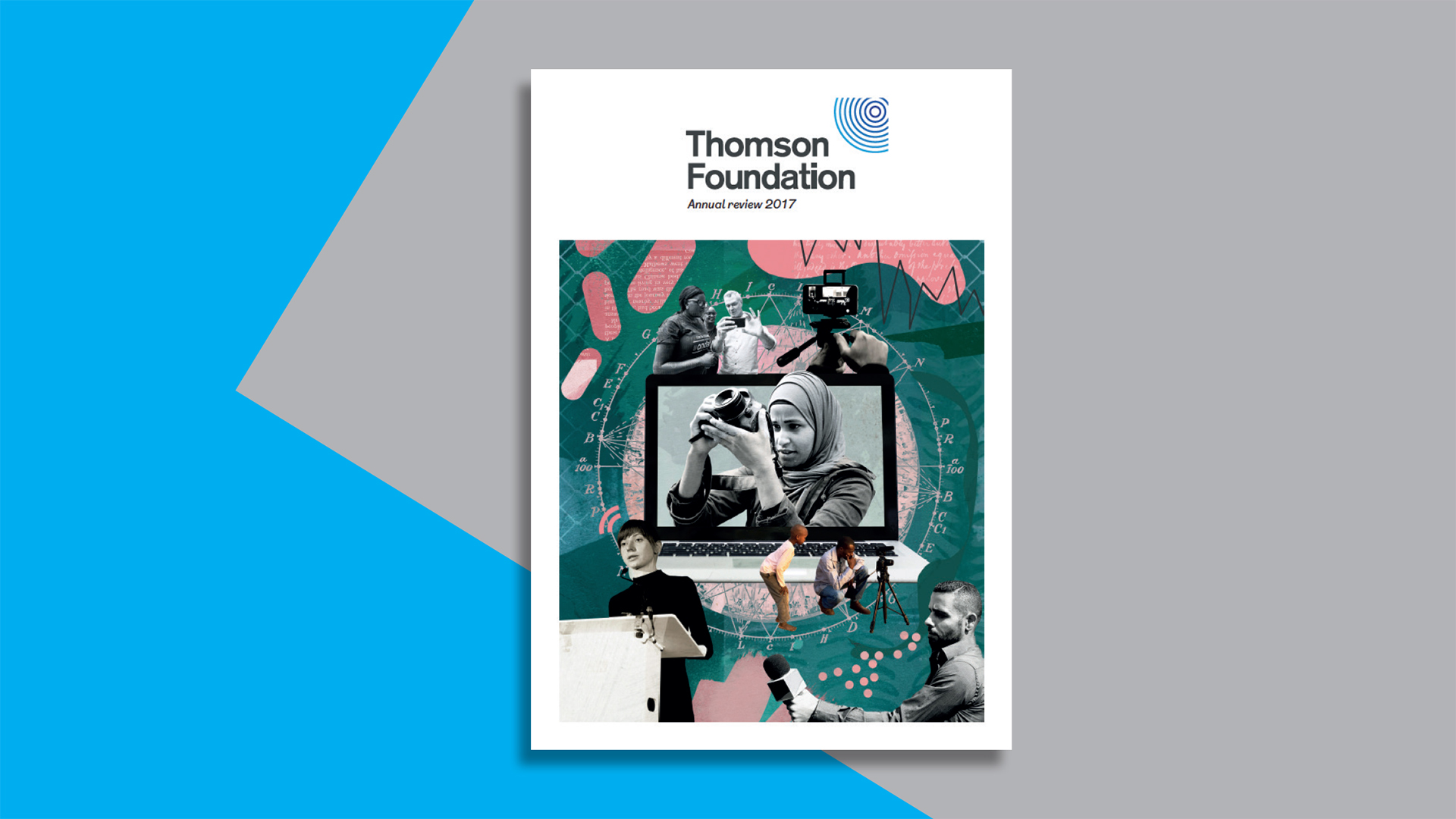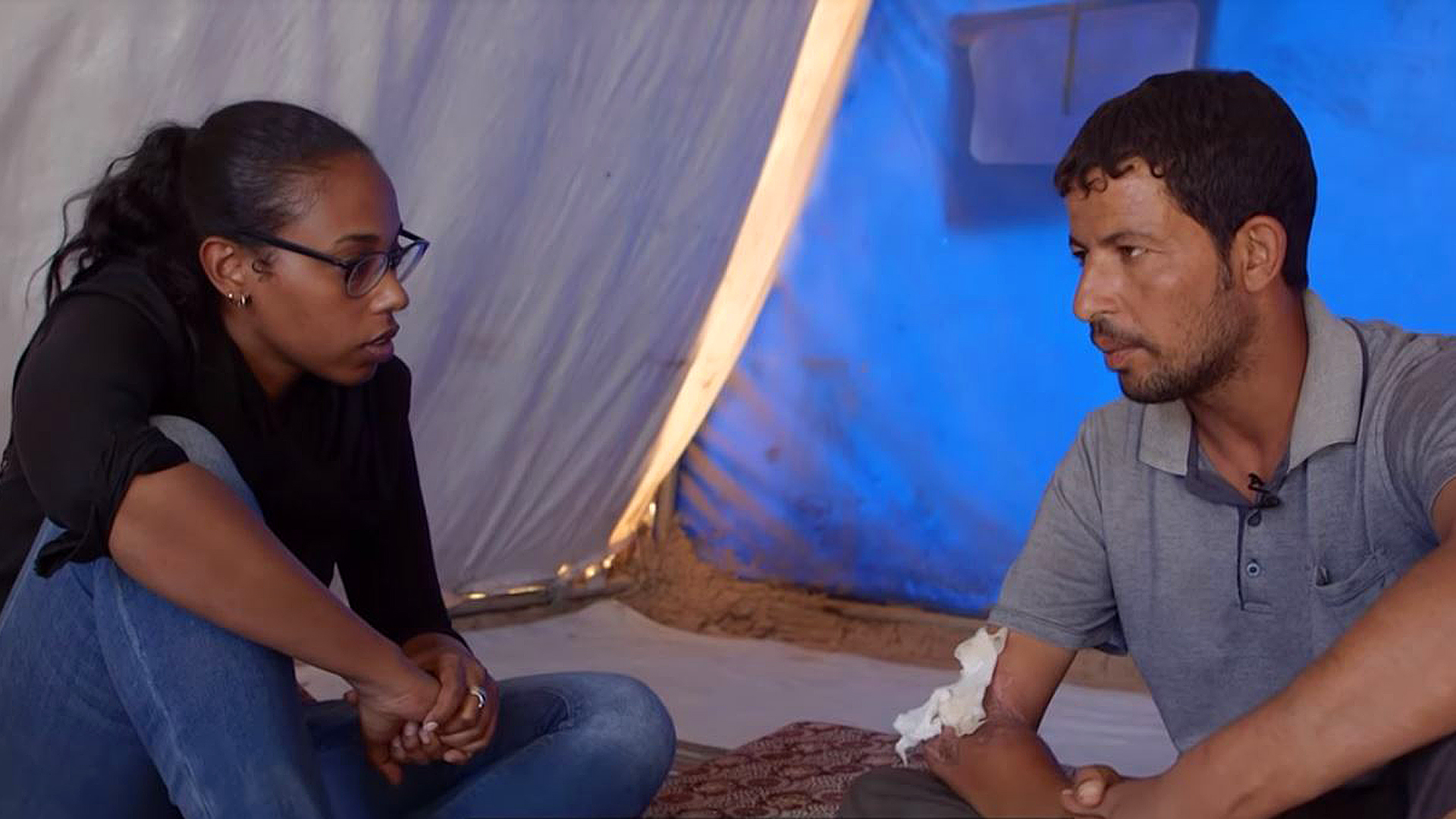Breaking into international news markets
The big breakthrough was always going to be when some of the many hundreds of stories produced by participating journalists with OPEN Media Hub would be good enough for broadcast outside of their countries of origin.
The ultimate goal of the training is to produce stories of sufficient quality that broadcasters in Asia, the Americas and Europe will sit up, take notice and transmit! And that's exactly what's started to happen.
The breakthrough for Thomson Foundation's largest ever project, funded by the European Union, came in 2017, with stories being broadcast in 45 countries worldwide, from Brazil to Belgium, and from Paris to Beijing
We're raising the bar whilst widening the audience
Reaching international standards
With more than 1,300 journalists trained in the essential skills of news gathering, storytelling, filming and editing – and over 2,000 broadcasts and publications produced to date – the quality is improving at a startling rate.
There's still a fair way to go, but the evidence shows that the instruction of a large number of journalists can go hand in hand with the production of stories of international quality.
For David Quin, director of development at Thomson Foundation, this could be the start of something big: "The bottom line is that this shows the theory in practice – you can train to produce content that works to an international standard. We're raising the bar whilst widening the audience at the same time. And hopefully it's just the beginning."

Some of the 45 countries where stories by OPEN Media Hub journalists have been transmitted
Working with Libyan journalists
An excellent example of good stories being told well are the recent advanced production workshops held in Tunis. With the security situation in Libya too unstable to conduct journalism courses there, Libyan journalists were brought into the Tunisian capital to create web documentaries by 'knocking into shape' the material which the journalists had already filmed inside Libya.
Among the topics covered were copyright issues, verification of sources, interview techniques, creating shot lists and scripts, video editing and sound levelling – all geared towards the special needs of a web documentary rather than a TV news report.
Nine stories produced during the training were of sufficient quality to be shared on the exchange platform of the project’s website, openmediahub.com. In the future, it's hoped to continue this learning process inside Libya, although the security situation there doesn't allow for this at the moment.
"The way the programme is designed means that western media can reuse content that is created in countries which are the EU's neighbours," says David. "Western media can't afford to have correspondents in countries bordering the south and east of the EU and we have seen a considerable uptake in reuse of content. More often now we are seeing that the content is of good enough quality for reuse outside the country of origin."
OPEN Media Hub:
At the heart of the project is the idea that journalism at its best can improve understanding and ease tensions in times of international conflict. A key part of the programme is to build a media hub, a platform where journalists can share work with each other and with EU partners.
Related content

A project giving voice to the displaced highlights the importance of local media

Being 20: Profile of a generation
The world of the twenty something witnessed by those living in countries neighbouring Europe.

